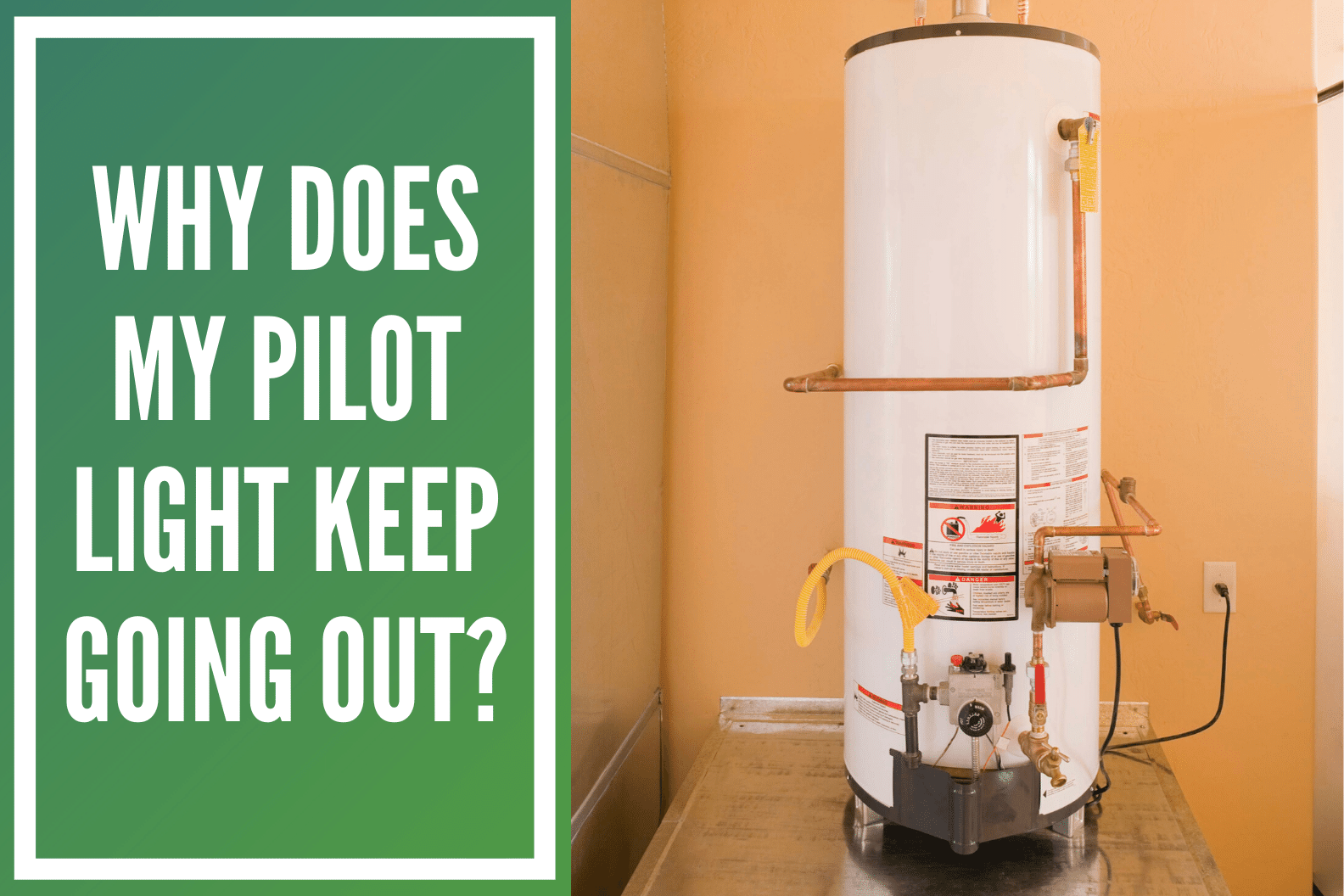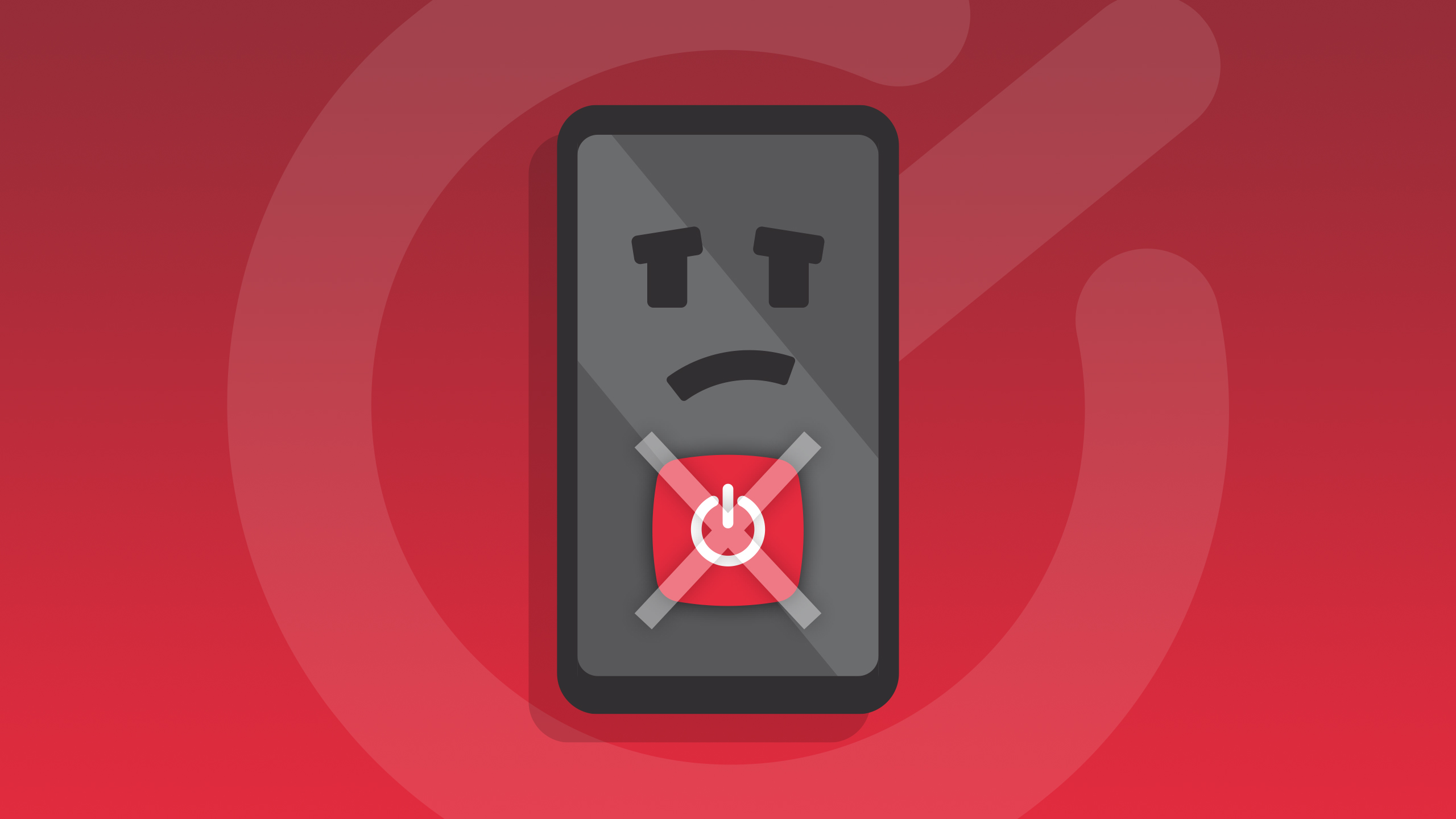If you walk into your kitchen and flick the light switch, expecting to be greeted by a warm glow, but instead are met with darkness, you may have a problem on your hands. A kitchen light that has stopped working can be frustrating, but luckily, there are steps you can take to troubleshoot and fix the issue. Kitchen light stopped working is a common household problem that can be caused by a variety of factors. Before calling an electrician or heading to the hardware store for a replacement, try these troubleshooting tips.1. Troubleshooting a Kitchen Light That Has Stopped Working
If your kitchen light won't turn on, the first thing to check is the light bulb. Kitchen light bulbs can burn out over time, so it's important to replace them regularly. Simply twist the bulb counterclockwise to remove it from the socket and replace it with a new one. If the light still won't turn on, check the switch. Sometimes, kitchen light switches can become loose or faulty, preventing the light from turning on. Use a screwdriver to tighten the screws on the switch or replace it entirely if needed.2. How to Fix a Kitchen Light That Won't Turn On
If replacing the bulb and tightening the switch don't solve the problem, there may be a deeper issue at play. Some common causes of a kitchen light not working include a blown fuse or circuit breaker, a faulty electrical connection, or a damaged light socket. It's important to address these issues promptly to prevent any potential hazards and to get your kitchen light working again.3. Common Causes of a Kitchen Light Not Working
Replacing a kitchen light bulb is a simple task that can quickly solve the problem of a light that won't turn on. Make sure to turn off the power to the light before attempting to replace the bulb. Once the power is off, twist the bulb counterclockwise to remove it from the socket. Then, carefully insert the new bulb and twist it clockwise to secure it in place. Turn the power back on and test the light to see if it's working.4. How to Replace a Kitchen Light Bulb
If your kitchen light still won't turn on after replacing the bulb, it's time to check the circuit breaker. This is a safety mechanism designed to protect your home from electrical overload. Locate the circuit breaker panel in your home and check to see if the switch for the kitchen light has been tripped. If so, flip the switch back to the "on" position. If the switch continues to trip, it may be a sign of a larger electrical issue that should be addressed by a professional.5. Checking the Circuit Breaker for a Kitchen Light That Won't Turn On
If the switch is the culprit of your kitchen light not working, it's important to replace it as soon as possible. This is a relatively simple task that can be done with the help of a screwdriver and a new switch from the hardware store. First, turn off the power to the light. Then, use the screwdriver to remove the screws holding the switch in place. Carefully disconnect the wires from the old switch and connect them to the new one. Screw the new switch into place and turn the power back on to test the light.6. How to Replace a Kitchen Light Switch
If the light bulb, switch, and circuit breaker all seem to be in working order, the issue may lie within the light fixture itself. Kitchen light fixtures can become damaged over time, causing them to stop working. To troubleshoot a faulty light fixture, first, turn off the power to the light. Then, carefully remove the fixture from the ceiling or wall. Check for any loose or damaged wires and tighten or replace them as needed. If the fixture itself is damaged, it may need to be replaced entirely.7. Troubleshooting a Kitchen Light Fixture That Won't Turn On
If the light bulb is in working order but still won't turn on, the issue may be with the light socket. Kitchen light sockets can become damaged or worn over time, preventing the bulb from making proper contact. To test the socket, first, turn off the power to the light. Then, carefully remove the bulb and use a multimeter to test the voltage in the socket. If the voltage is low or nonexistent, the socket may need to be replaced. This can be done by disconnecting the wires, removing the old socket, and installing a new one.8. How to Test and Replace a Kitchen Light Socket
A common culprit of a kitchen light not working is a loose connection. This can happen over time with wear and tear or during installation of a new light fixture. To fix a loose connection, first, turn off the power to the light. Then, carefully remove the fixture from the ceiling or wall and check for any loose or disconnected wires. Use a wire stripper to strip the ends of the wires and twist them back together securely. Replace the fixture and turn the power back on to test the light.9. Fixing a Loose Connection in a Kitchen Light Fixture
If all of these troubleshooting tips have failed to fix your kitchen light, it may be time to call in a professional. Electrical issues can be dangerous and should be handled by a trained electrician. Additionally, if you're not comfortable with DIY repairs or are unable to identify the issue, it's always best to seek the help of a professional. They can quickly diagnose and fix the problem, ensuring your kitchen light is back up and running in no time. In conclusion, a kitchen light that has stopped working can be a frustrating problem, but with these troubleshooting tips and a little bit of patience, you can get your light shining bright again in no time.10. When to Call a Professional for a Kitchen Light That Won't Work
The Importance of Proper Lighting in Kitchen Design

The Role of Kitchen Lighting
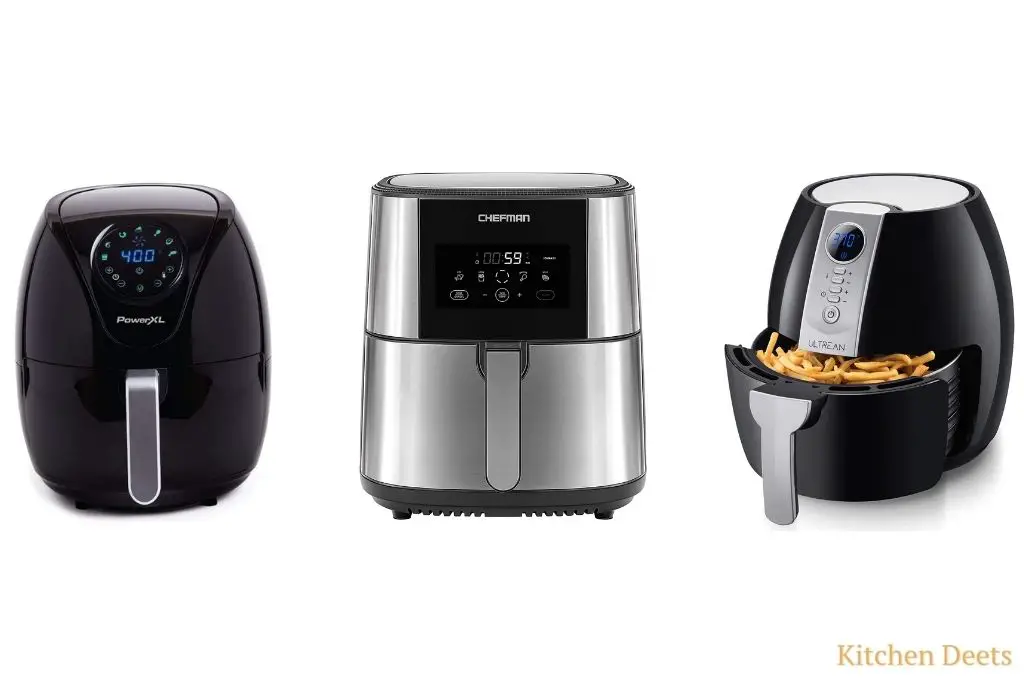 When it comes to designing a kitchen, many people focus on the layout, the appliances, and the overall aesthetic. However, one important aspect that is often overlooked is lighting. Lighting plays a crucial role in not only the functionality of a kitchen but also its overall design. It can affect the mood and ambiance of the space and impact the overall experience of cooking and dining. So, when your kitchen light stops working, it can significantly impact your daily routine and the overall functionality of your kitchen.
When it comes to designing a kitchen, many people focus on the layout, the appliances, and the overall aesthetic. However, one important aspect that is often overlooked is lighting. Lighting plays a crucial role in not only the functionality of a kitchen but also its overall design. It can affect the mood and ambiance of the space and impact the overall experience of cooking and dining. So, when your kitchen light stops working, it can significantly impact your daily routine and the overall functionality of your kitchen.
Why Your Kitchen Light Stopped Working
 There are several reasons why your kitchen light may have stopped working. It could be a simple fix, such as a blown fuse or a burnt-out light bulb. However, it could also be a more significant issue, such as faulty wiring or a damaged fixture. It is essential to properly diagnose the problem before attempting to fix it to avoid any potential safety hazards.
There are several reasons why your kitchen light may have stopped working. It could be a simple fix, such as a blown fuse or a burnt-out light bulb. However, it could also be a more significant issue, such as faulty wiring or a damaged fixture. It is essential to properly diagnose the problem before attempting to fix it to avoid any potential safety hazards.
Impact on Kitchen Design
 Not having proper lighting in your kitchen can have a significant impact on the overall design of the space. For starters, it can make the room feel smaller and darker, affecting the overall ambiance. It can also make it challenging to perform everyday tasks, such as cooking and cleaning, as you may not have enough light to see what you are doing. Additionally, if your kitchen is used as a multi-functional space for dining or entertaining, inadequate lighting can negatively impact the experience for your guests.
Not having proper lighting in your kitchen can have a significant impact on the overall design of the space. For starters, it can make the room feel smaller and darker, affecting the overall ambiance. It can also make it challenging to perform everyday tasks, such as cooking and cleaning, as you may not have enough light to see what you are doing. Additionally, if your kitchen is used as a multi-functional space for dining or entertaining, inadequate lighting can negatively impact the experience for your guests.
Importance of Hiring a Professional
 While it may be tempting to try and fix your kitchen light yourself, it is always best to hire a professional. Not only do they have the knowledge and experience to properly diagnose and fix the issue, but they also have the necessary tools and equipment to do so safely. Trying to fix electrical issues yourself can be dangerous and could result in further damage or injury.
While it may be tempting to try and fix your kitchen light yourself, it is always best to hire a professional. Not only do they have the knowledge and experience to properly diagnose and fix the issue, but they also have the necessary tools and equipment to do so safely. Trying to fix electrical issues yourself can be dangerous and could result in further damage or injury.
The Solution
 If your kitchen light has stopped working, it is best to consult with a professional electrician. They will be able to determine the root cause of the issue and provide a proper solution. In some cases, it may be as simple as replacing a light bulb, while in others, it may require rewiring or installing a new light fixture. Whatever the solution may be, proper lighting is crucial for a functional and aesthetically pleasing kitchen design.
Kitchen lighting
is often an overlooked aspect of
house design
, but its importance cannot be overstated. Not only does it affect the functionality of the space, but it also plays a significant role in the overall
design
and ambiance. So, if your kitchen light has stopped working, be sure to consult with a professional to ensure that your
kitchen design
is not compromised.
If your kitchen light has stopped working, it is best to consult with a professional electrician. They will be able to determine the root cause of the issue and provide a proper solution. In some cases, it may be as simple as replacing a light bulb, while in others, it may require rewiring or installing a new light fixture. Whatever the solution may be, proper lighting is crucial for a functional and aesthetically pleasing kitchen design.
Kitchen lighting
is often an overlooked aspect of
house design
, but its importance cannot be overstated. Not only does it affect the functionality of the space, but it also plays a significant role in the overall
design
and ambiance. So, if your kitchen light has stopped working, be sure to consult with a professional to ensure that your
kitchen design
is not compromised.
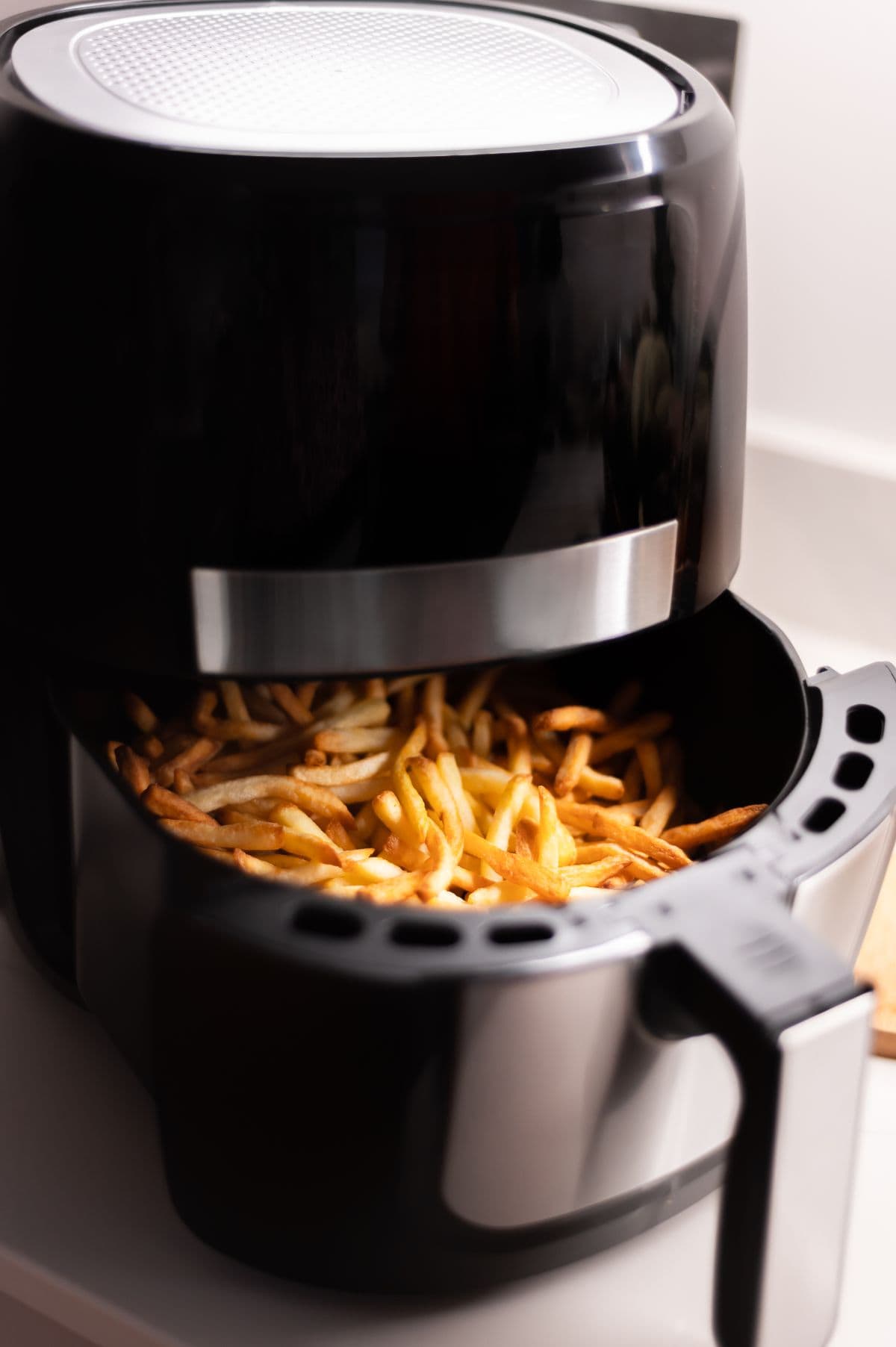


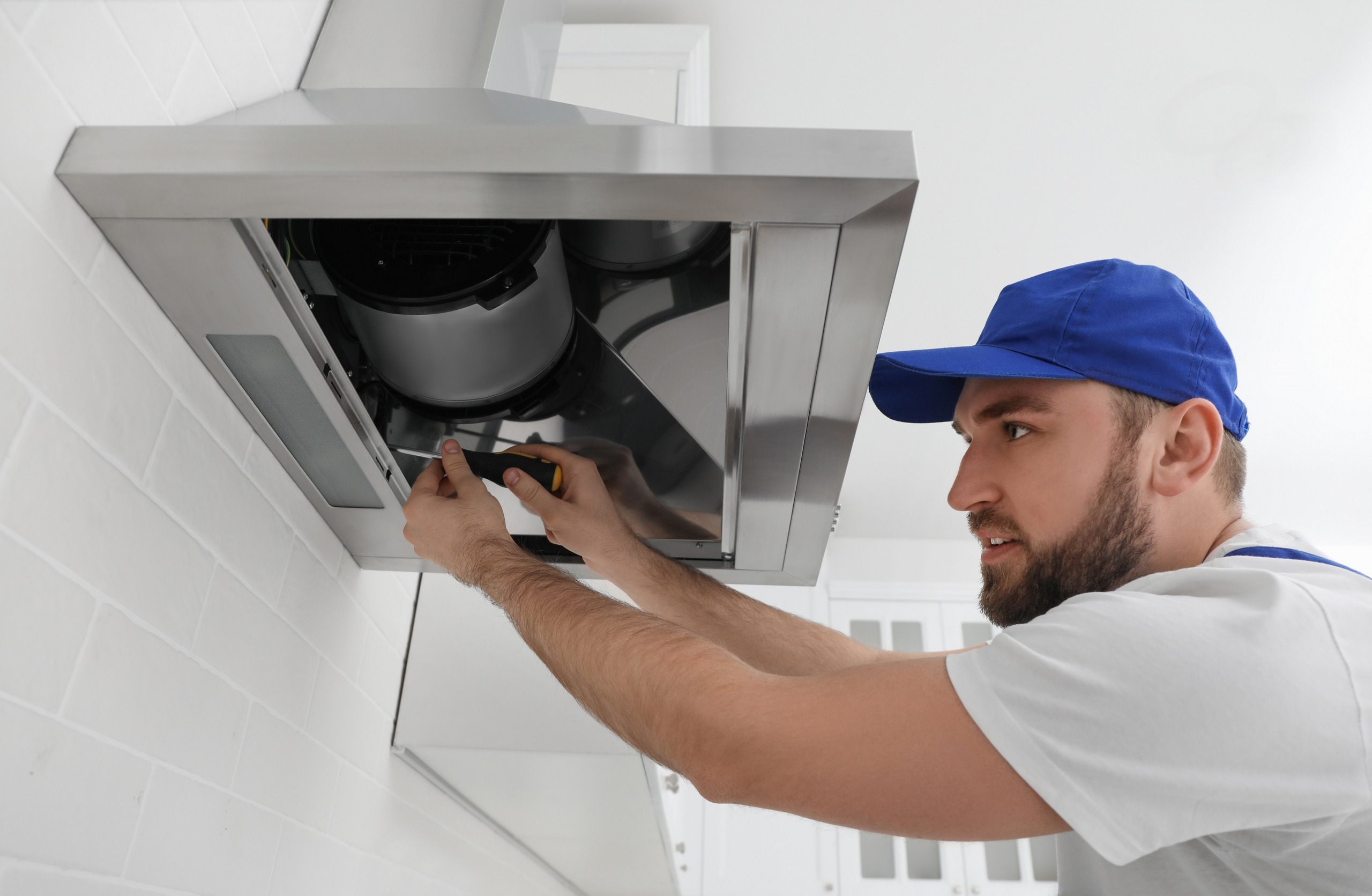







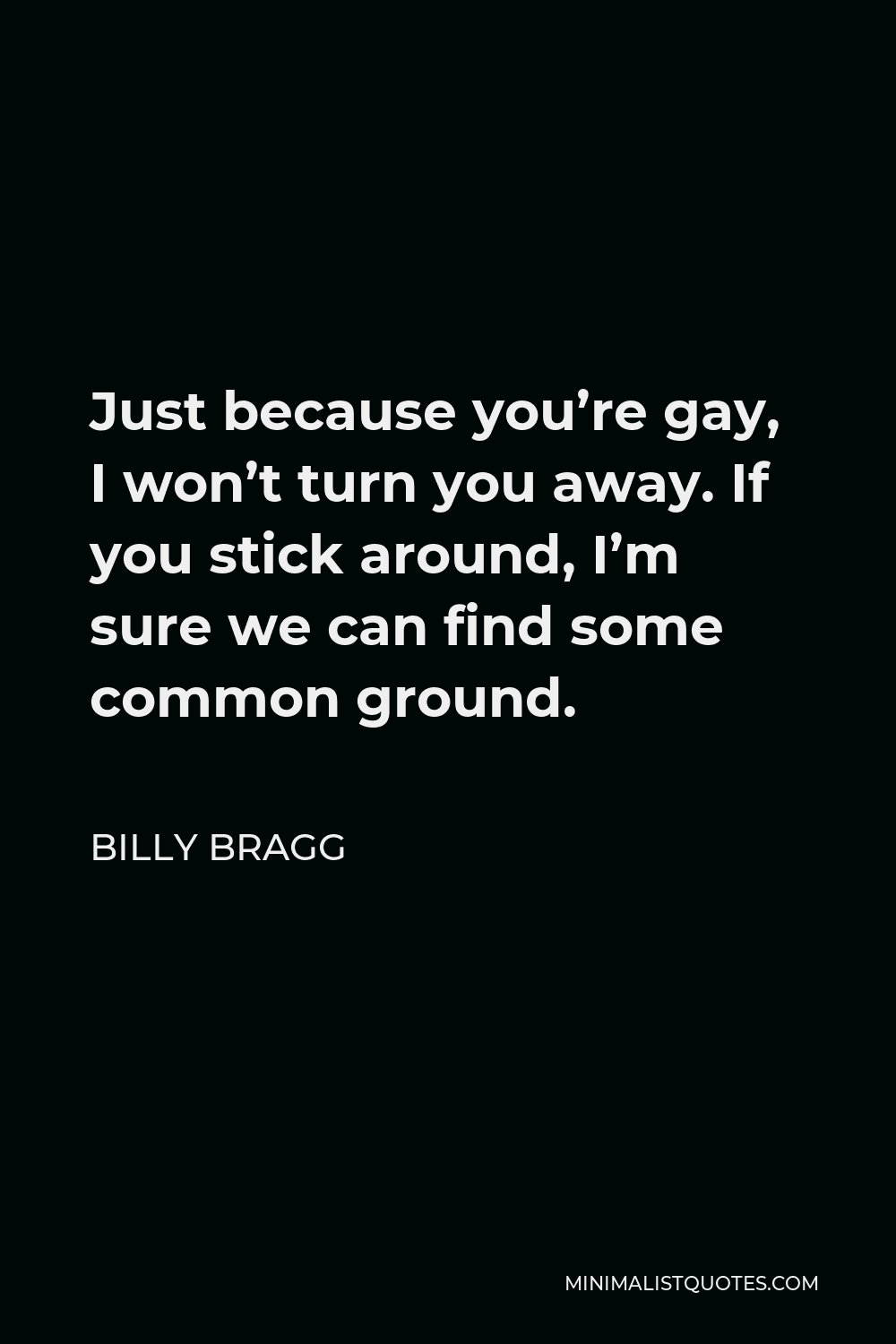







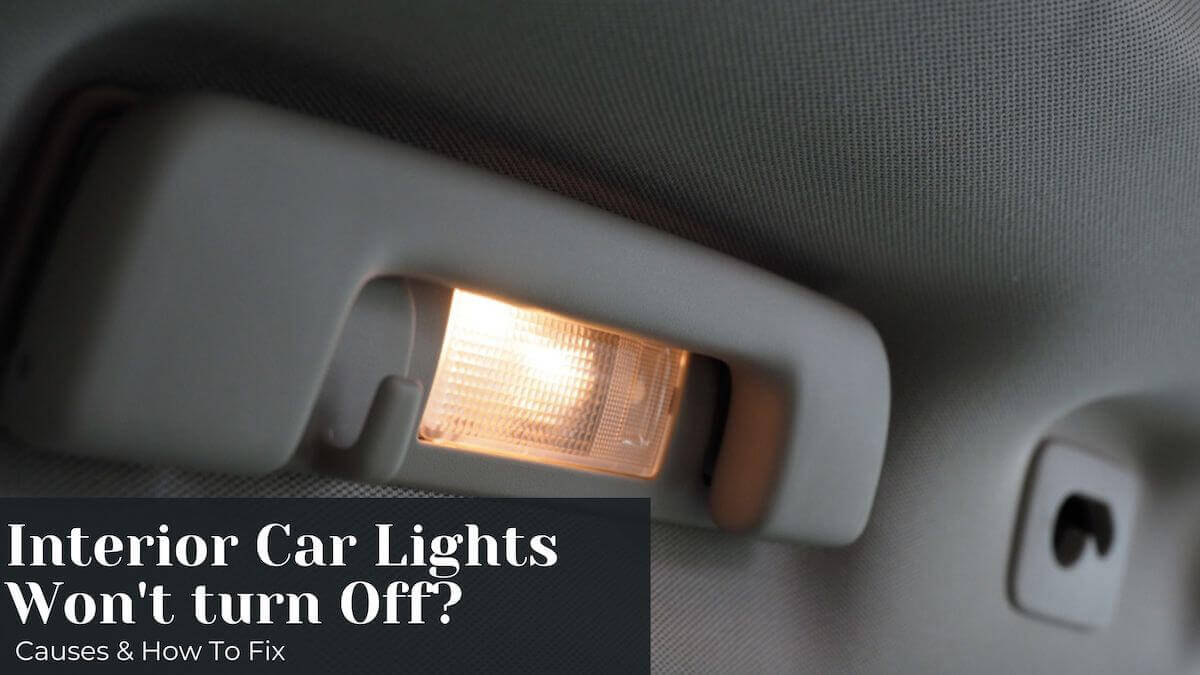




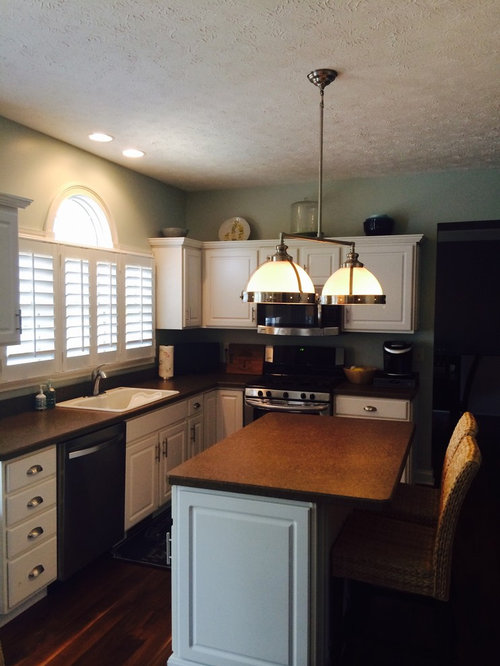

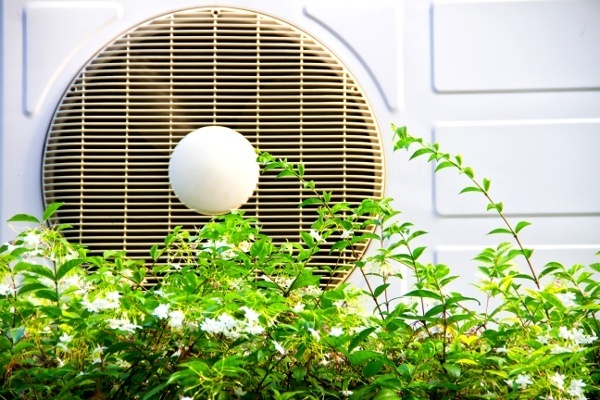












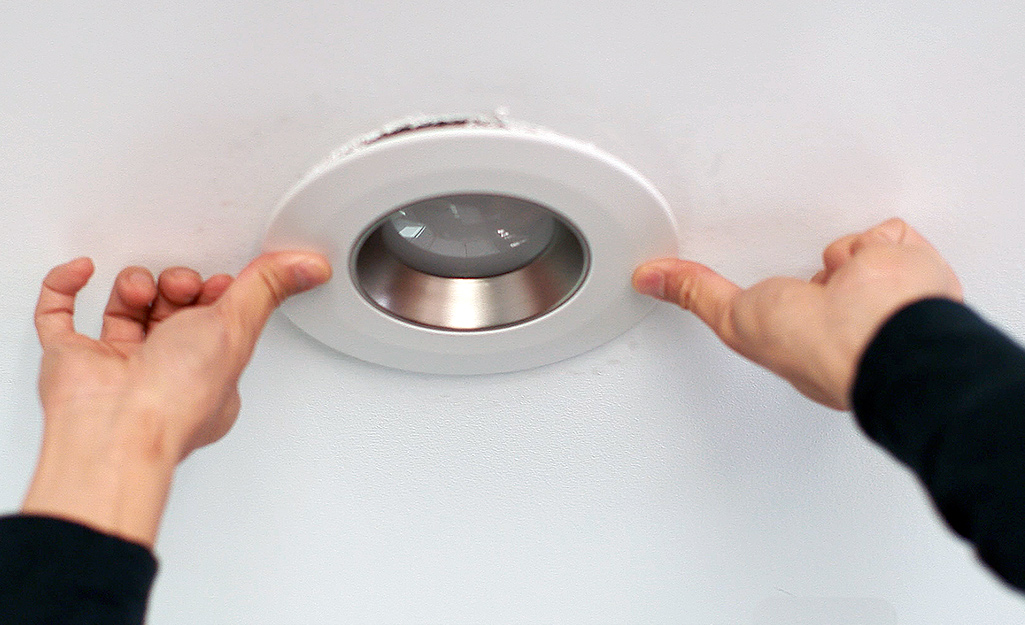

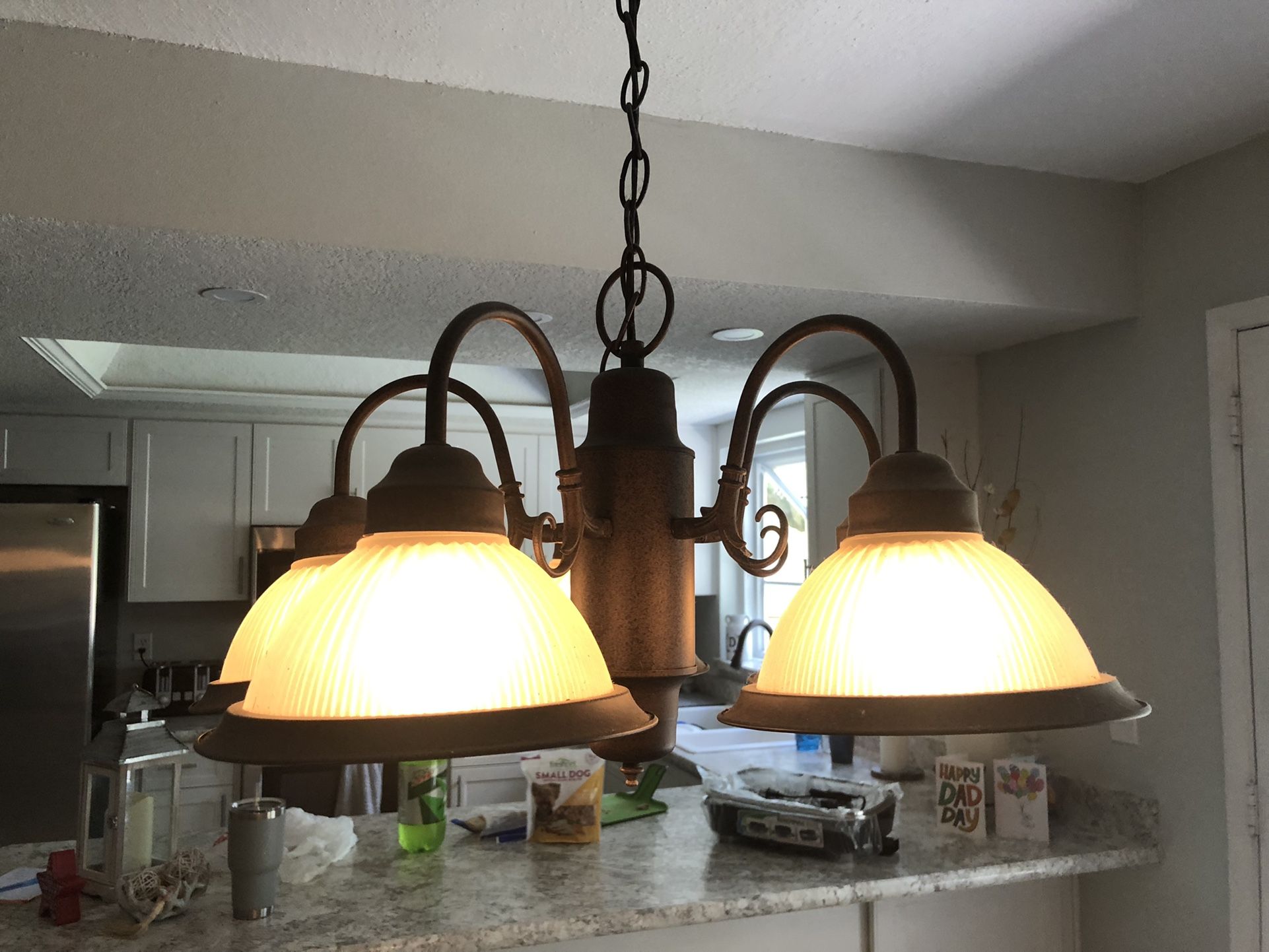

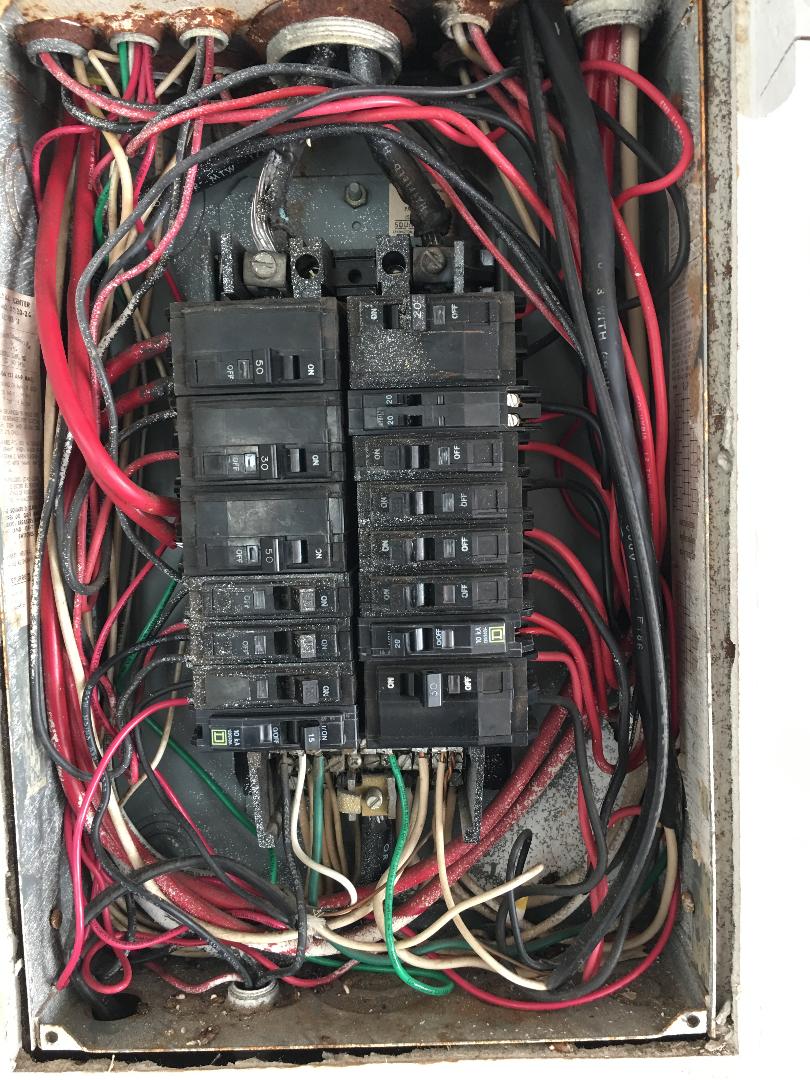


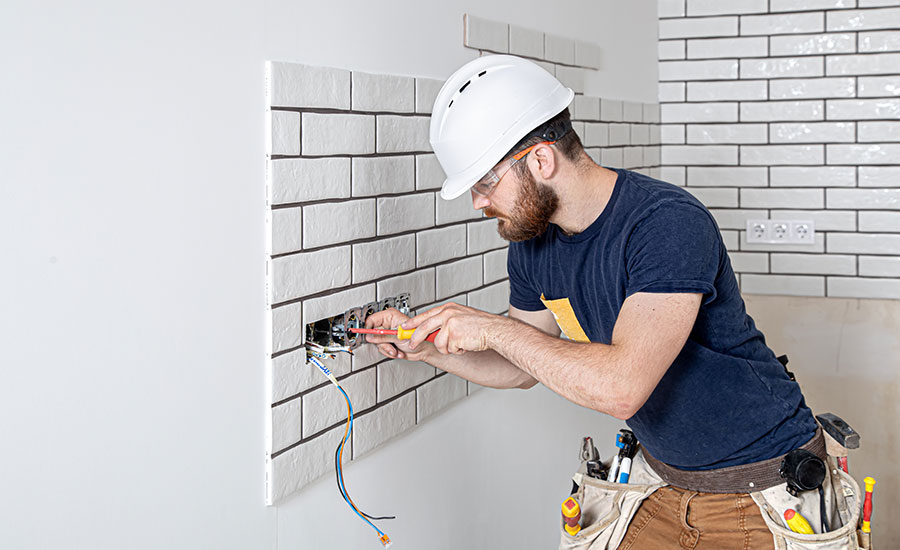






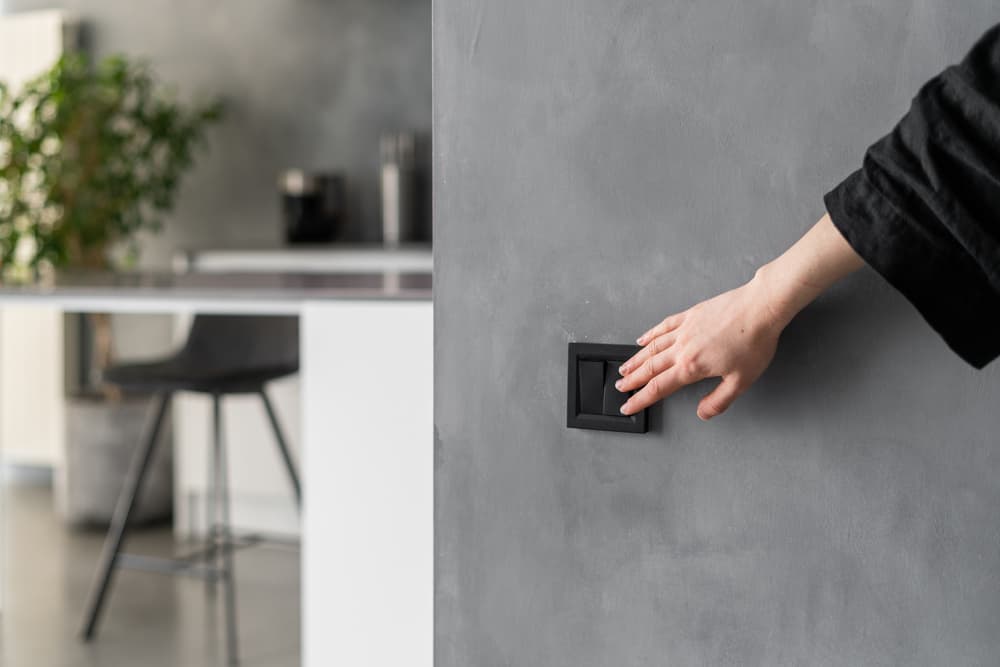


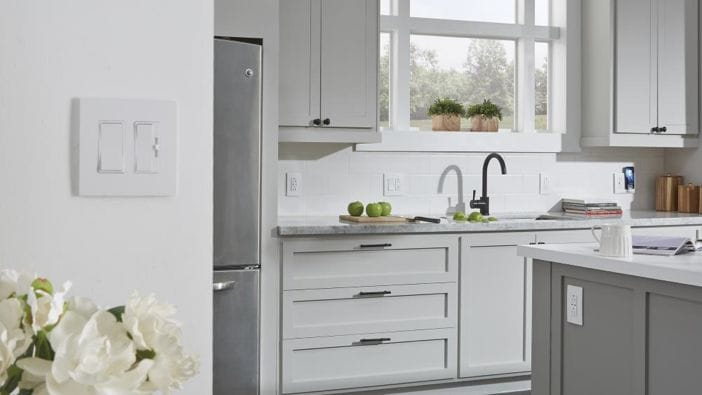



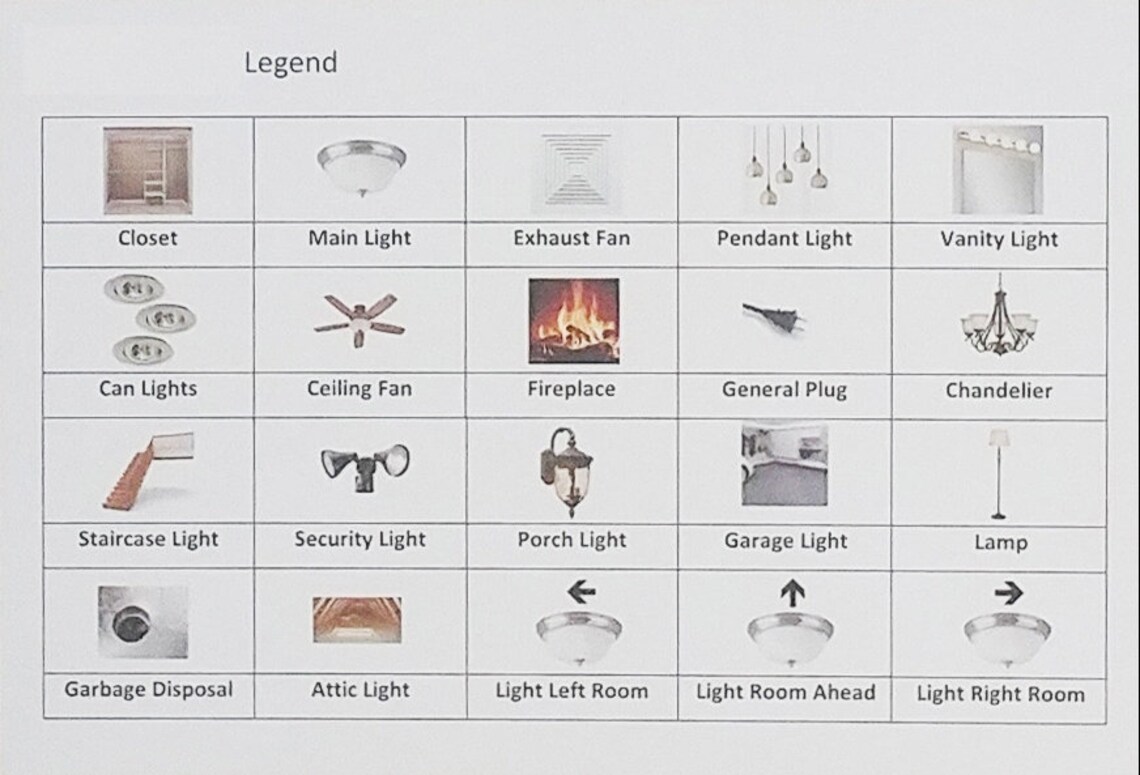




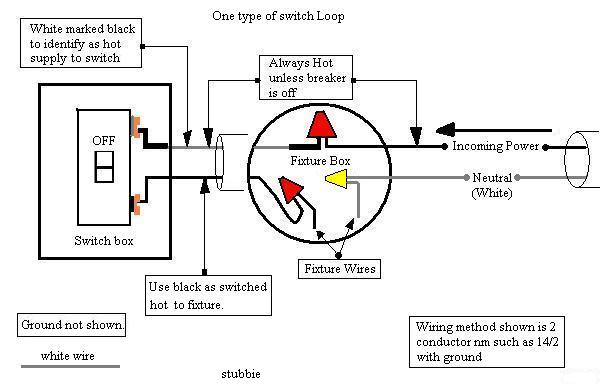


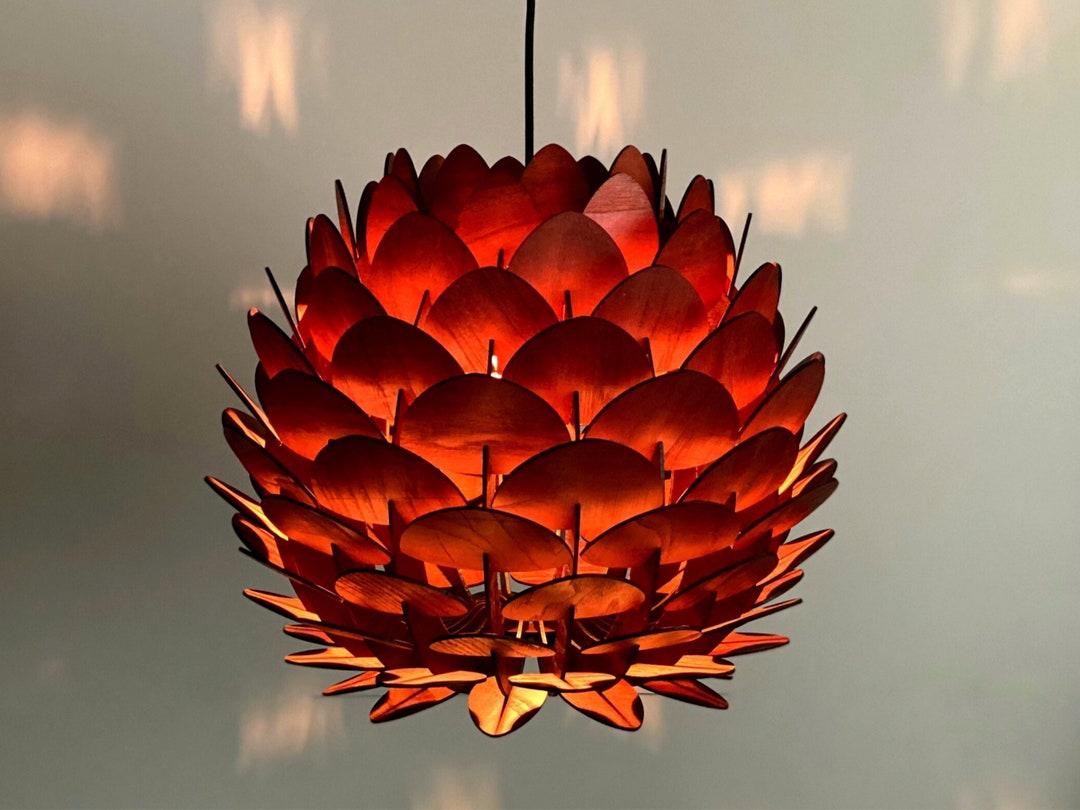

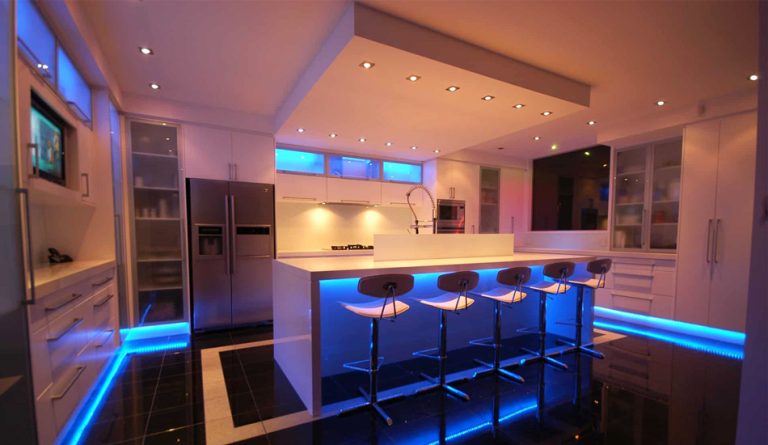

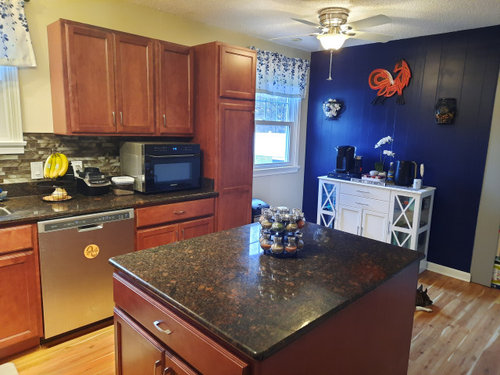

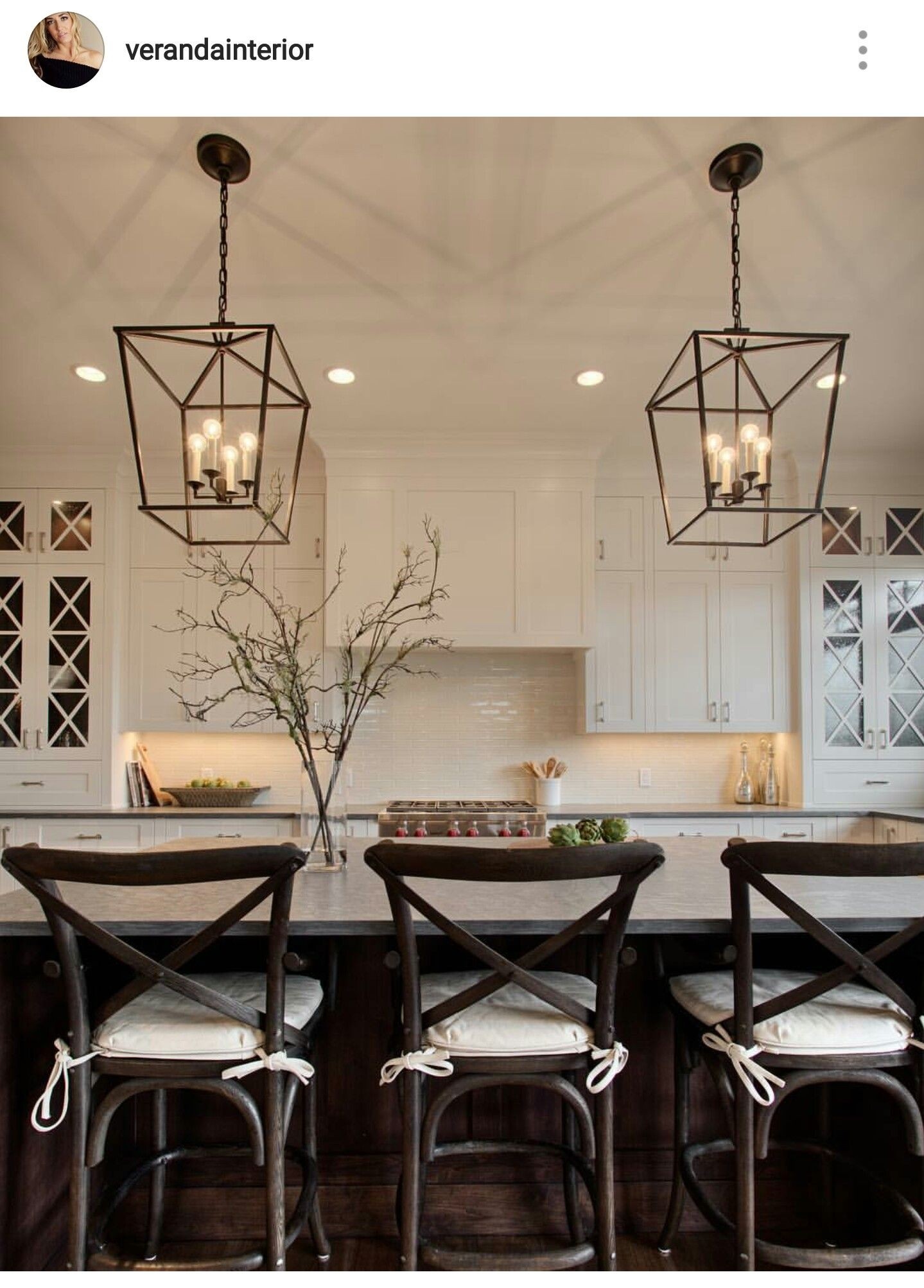
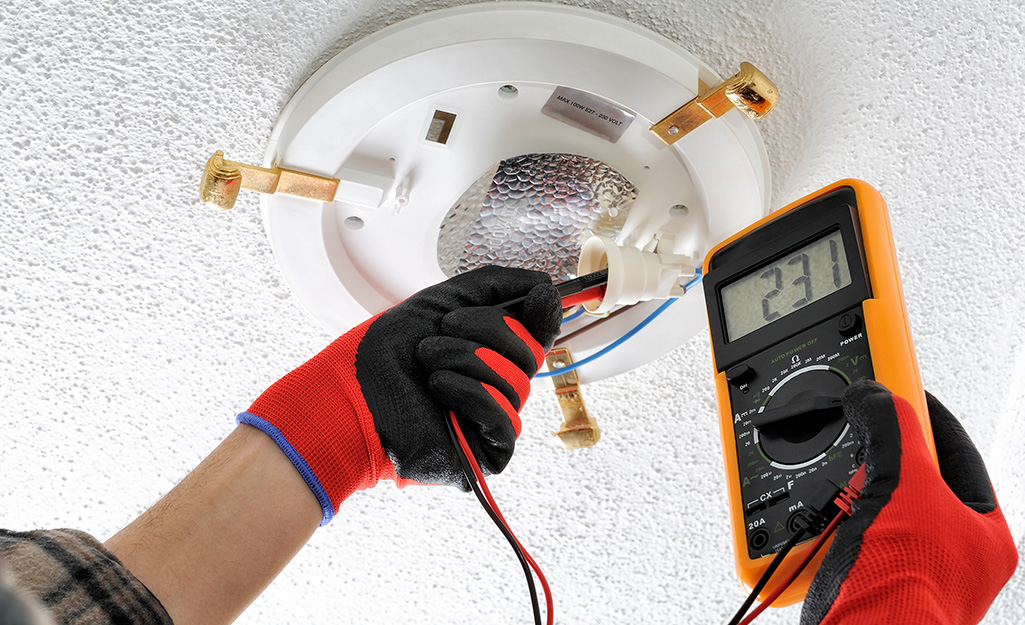






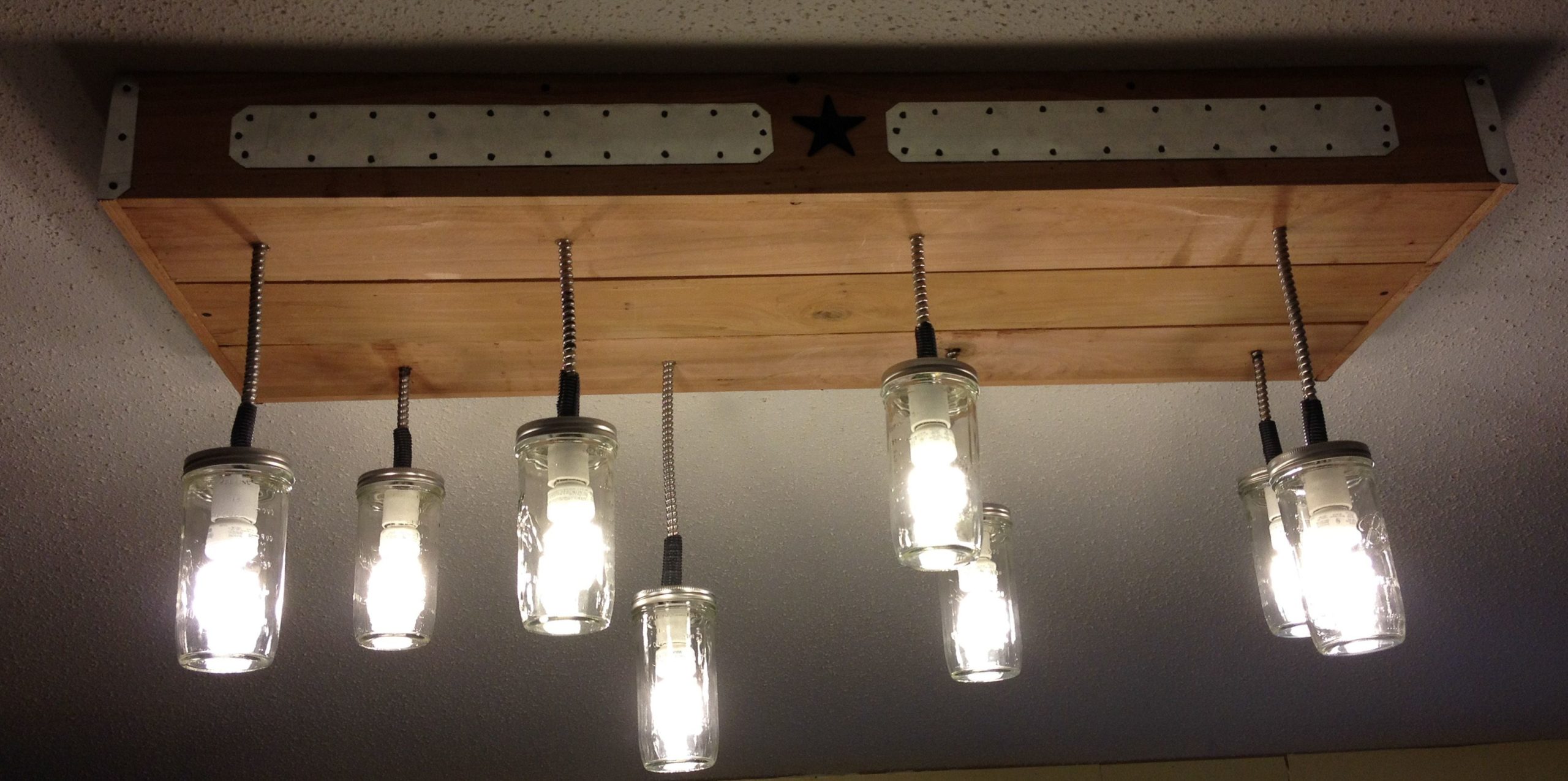



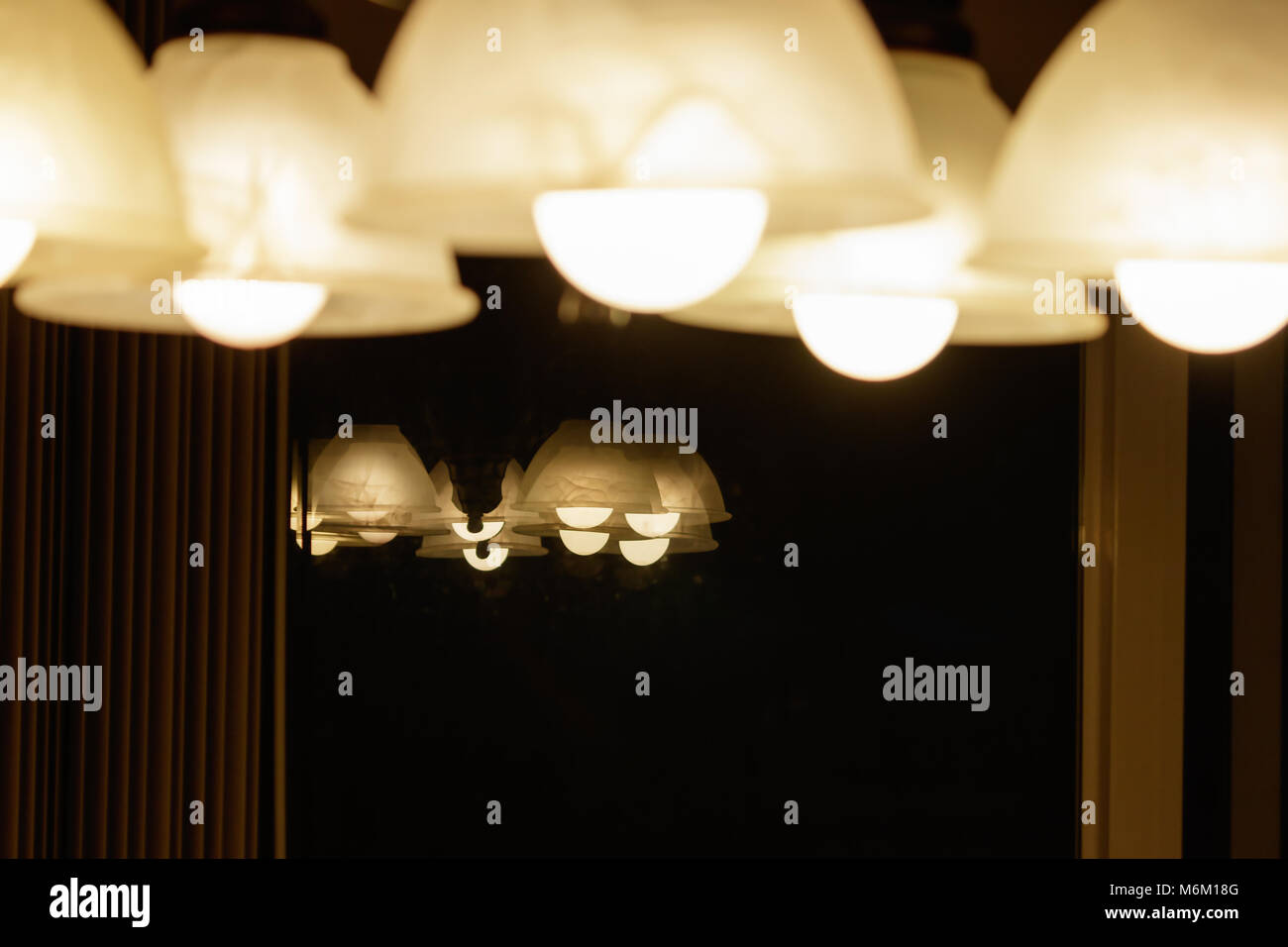
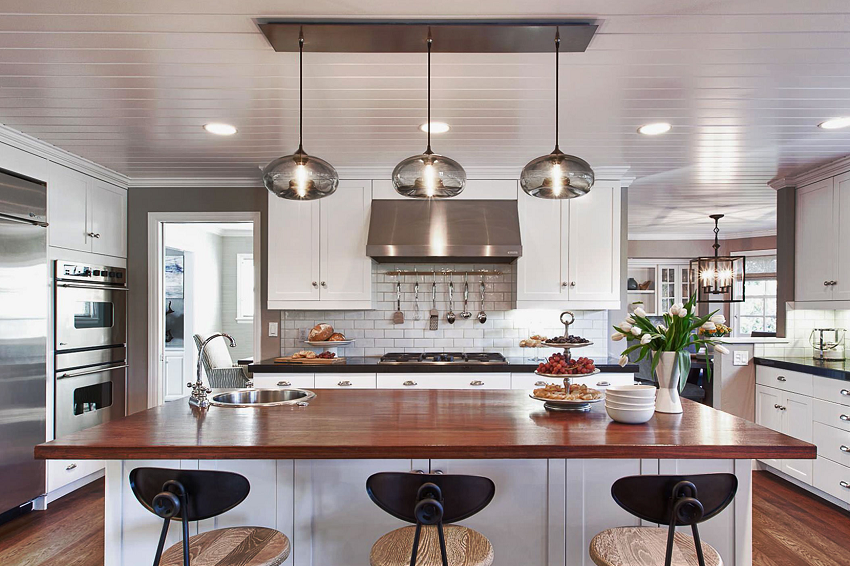



/Lifewire_Fix_Skype_Problems_4153434-e178ff57c2a9471b992df6610d74d69e.gif)

